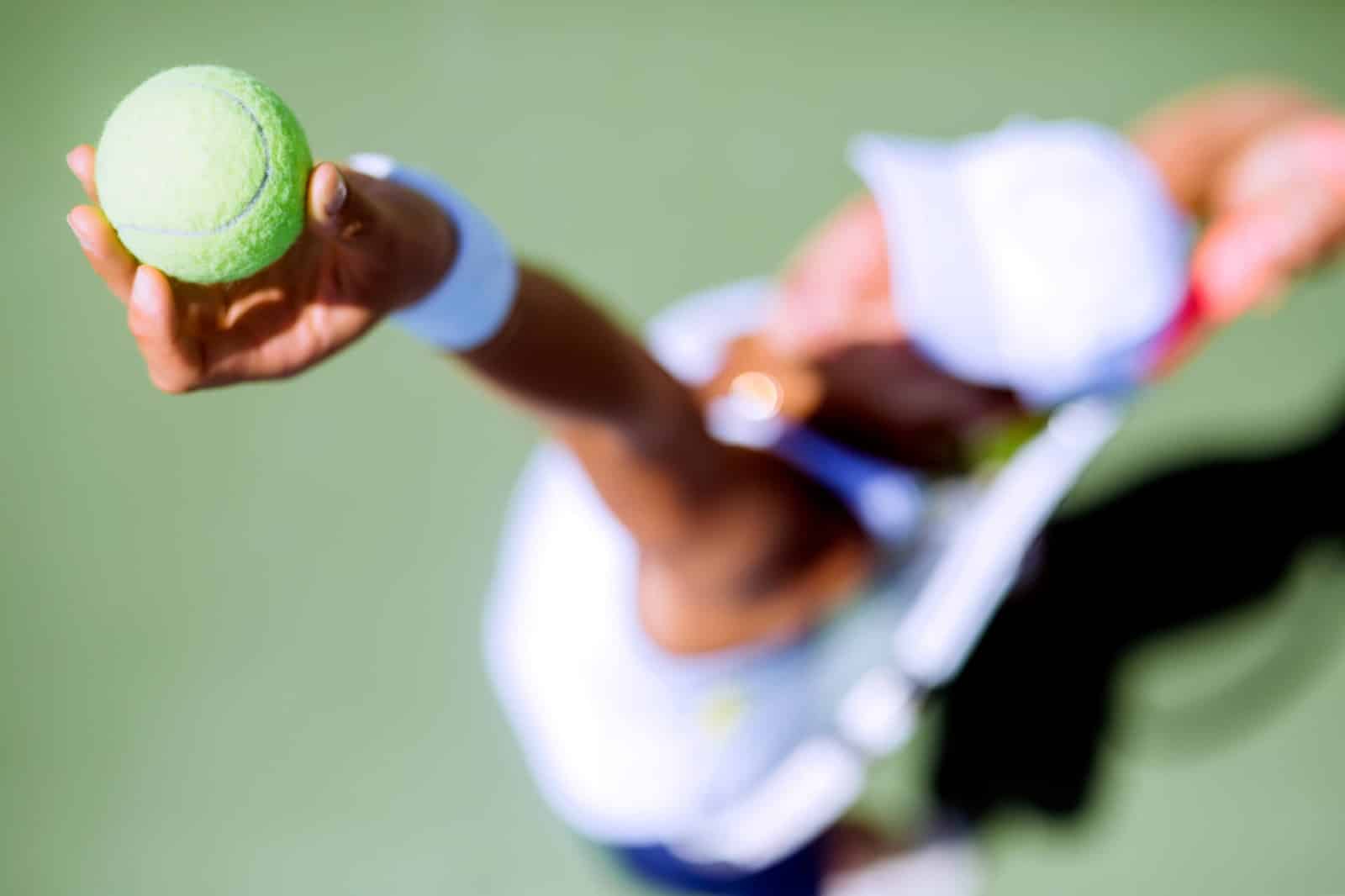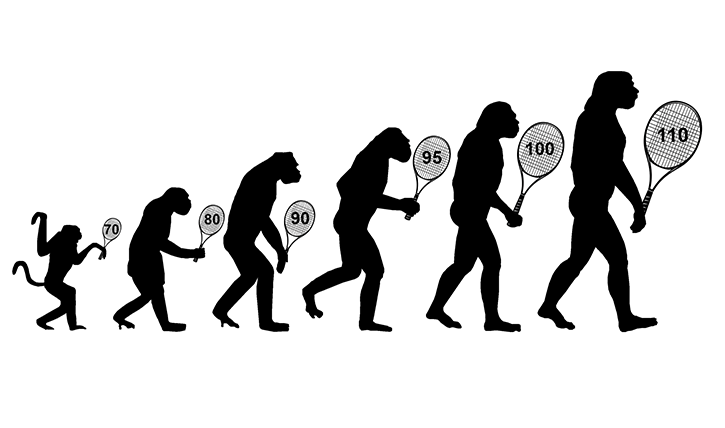Phil is a great tennis player who always tries to show me how good he is by hitting a winner most of the time. He has better shots than me. But I almost always win. How?
The trouble with hitting clean winners, is that you have to try really hard to hit the ball with pace, or to hit the ball into the corners. Most of the time when you try really hard, especially under pressure, you don’t make the exact shot you want, in fact you are more likely to miss. And that’s the story with Phil. About 20% of the time he does hit a great winner but the rest of the time he makes a mistake. I just try to keep the rally going, and most of the time within three shots he messes up and I grab the point. Put it another way:
My opponents go for clean winners which are nonreturnable whereas I go for unclean winners which they can get to but struggle to return.

Types of Error
This graphic breaks it down into 1st shot, and return of 1st shot. If the first shot is “good” it can be a clean winner, but it can also be a shot which is tough to play so it forces a mistake; this is the unclean winner which forces an error. If the first shot is weak, it might hit the net or go out (so this is a first shot unforced error) but it normally it stays in play and goes into a rally, during which the return might also out; in which case this is the unforced error. But these unforced errors also contribute to the unclean winner stat that no one talks about.
If a player is good at keeping the ball in play, they must have a low unforced error rate.
Now by “weak shot” I mean weak relative to your level; so Nadal’s or Sinner’s weak shot will still be very good by my standards for example. Let’s put some stats on this.

Frequency of Each Error Type
1500 match stats were collected by the Match Charting Project. 1st shot mistakes are double faults and account for 5% of errors. Removing serves from the equation, we can see a surprising picture. For tennis shots that score a point (ie not stuck in a rally) only 1/3 (32.5%) are clean winners; about half of point scoring shots are actually unforced errors even at pro level. However remember “unforced” at pro level means the pro would normally be expected to get that back; you or I would still struggle! That leaves only 20% of forced errors. In summary 1/3 of point shots are clean winners and 2/3 are unclean winners.

If we add in serve stats, then it is strangely symmetrical. 1/3 of shots are clean winners, 1/3 forced errors and 1/3 unforced errors. Why? Its because most serves are “good shots” which either ace, or cause a forced error.

Correlation between Errors and Winning
Now returning to game strategy, in the sample of 552 women’s matches analyzed by tennisabstract.com players who made the most winners won 68% of games , impressive for sure; but players with fewer unforced errors won 73% of matches. In fact there is a correlation of 92% between low unforced errors and winning (r² = 0.92).
So simply what we learn is that getting the ball back in play is actually more valuable than going for a winner. Sure clean winners are great for bragging rights, but unclean winners take home the point 2/3rd of the time. Thus it is more than possible to win by not giving up, and keeping the rally going until they make the first mistake. Sorry Phil. That’s why.



